WHY LOS ANGELES’ MENSWEAR SCENE IS FLOURISHING

When you think of fashion capitals around the world, the obvious always pops up: Paris, London, Milan, Tokyo, New York. But with a new decade upon us, Los Angeles is staking its claim as a creative force in fashion.
If the ‘70s through early ‘90s was a golden age of the city’s fashion scene, the early aughts took an unfortunate turn when L.A. “style” became synonymous with trucker hats, Ugg boots, and Juicy Couture velour tracksuits. Now, there’s an optimism and an easeful elegance defining the city’s most beloved labels. So much so, that New York-based talent is frequently flocking west for a new point of view under the endless sun and towering palm trees.
But Angelinos have more than New Yorkers to thank for the city’s sartorial rehab and rebirth – it’s largely due to a new generation of designers committed to local production and craftsmanship and taking a grassroots approach to brand-building. From the likes of John Elliott, Amiri, Fear of God, Matias, Les Tien, Elder Statesmen, Rhude, Outerknown and countless other menswear brands that were born in L.A. over the last decade, the community is thriving.
To dive deeper into this phenomenon, MR traveled to Los Angeles to speak with both native designers and ones who have relocated their operations to Tinseltown. We also made sure to stop by as many retailers as we could, although we know we did not make a reasonable dent, as the retail scene in L.A. is growing more and more each day. In fact, with every person we spoke to, we learned of yet another cool vintage store, men’s shop or concept retailer that we had to speak to, but time was our enemy. Nonetheless, we gathered a solid group to help us investigate what’s really going on in the City of Angels.
WHY ARE CREATIVES FLOCKING TO L.A.?

Our first stop, once we landed, was West Hollywood mainstay, Fred Segal Sunset. We met with the retailer’s vice president of men’s merchandising Brian Nyilas, who just so happens to be a former New Yorker. “L.A. is hot right now, not just in temperature,” he says. (Editor’s note: we were visiting in late October when it was around 90 degrees outside). “Nowadays, you can plug in and work anywhere in the world with the help of technology, and this notion has brought incredible people here in recent years from all types of industries. I mean, why wouldn’t you? The weather, versatility of landscapes from beach to mountains, iconic landmarks, and the thriving local economy.”
Nyilas does notes that there is a downside to all of this migration with the increasing prices in real estate and the new influx of more cars, which lead to, you guessed it, traffic congestion.
Later that day we caught up with another former New Yorker, Paul Witt at his downtown Arts District store called Wittmore. He entered L.A. retail through a pop-up shop inside the former shop that Liberty Fairs owned. Witt was only supposed to stay for four weeks, but it quickly turned into a three-month stint and before he knew it, he had his own shop on W. Third Street. Six months later he packed up his condo in Hoboken, New Jersey and hasn’t moved back since.
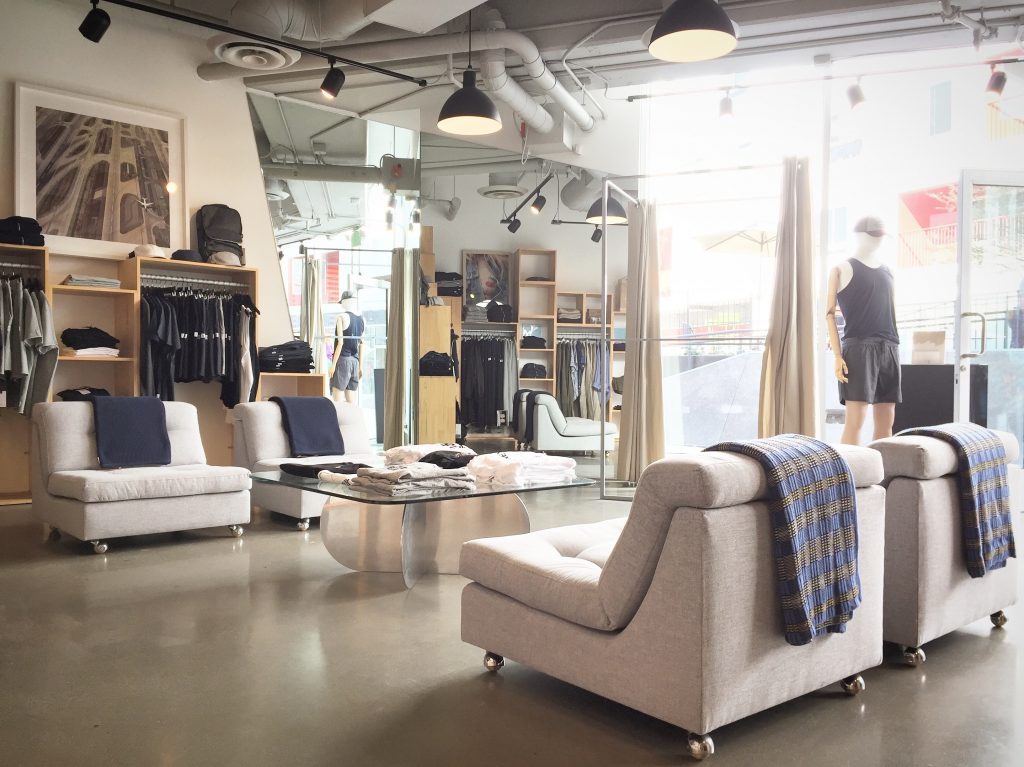
Witt says that he personally moved out here because he saw the revitalization happening in design, interior, culture, and art and he really wanted to go for it. “I said, let’s just try it and see what happens. If I fail, then at least I took a chance.” And that chance has paid off. Since the opening of his Third Street store, Witt has gone on to open two more stores in L.A., one in the Arts District downtown and another in Malibu.
Moving on to the brand side, just two blocks away from Wittmore’s Arts District location resides the showroom and office of emerging brand BTFL. Co-creative director Alejandro Rodriguez was quick to point out to MR that while he is a native Angelino, he initially tried to start a brand in New York. “I started as an intern at 7 For All Mankind and was also painting sneakers for hip hop artists and celebrities, Rodriguez tells us. “Then a lady approached me to pay for me to come to New York if I help her kid learn about design. Now, as crazy as that sounds, I did it. I found this one factory in the Garment District in midtown that worked with Ralph Lauren, so he seemed legit. But this was around the same time of peak Rocawear and Sean John, so my samples ended up coming back to me in a 4XL, and I knew then that I was going to have issues trying to launch something there.”
“Now, as an established brand back in L.A., all of my factories are supporting me and wanting me to succeed,” Rodriguez continued. “I feel like the manufacturers out here are more willing to work with young designers on their concepts, rather than just turning out what’s hot at the moment.”
For Scott Studenberg, the creative director of fashion label Baja East, the love out West was only a matter of time. He has family in San Diego and has been visiting southern California ever since he was a child. Studenberg felt so drawn to the area that he even started getting tattoos of palm trees, and coined the Instagram handle @scottlovespalmtrees. But, as his business grew, it got more difficult to manage from New York (the brand has always done a majority of its production in L.A.)
Studenberg made the leap and moved out to L.A. two years ago. “We were already producing about 60 percent of the collection out here – my knitwear, wovens, sweatshirts, and terry are all out here,” he told us during a visit to his Laurel Canyon home and studio. “I used to be able to work with our factories via FaceTime, but it just got to be too difficult. Now I can see them whenever I want.
Another New York designer who has made the move, at least partially, to L.A. is Shane Fonner of Palmiers du Mal. He has been living the bi-coastal dream for about two years now and is loving every minute of it. “I have been living n New York for the past 18 years, and if you just look at the sheer physicality of the city, it’s very vertical, and a bit closed in upon, with an obvious lack of nature,” Fonner says. “When I was younger, I could deal with that, but as I got older I was craving space. And in L.A. you can still find a studio to be creative in that isn’t going to break the bank all the while being in a more horizontal, spread-out city.”
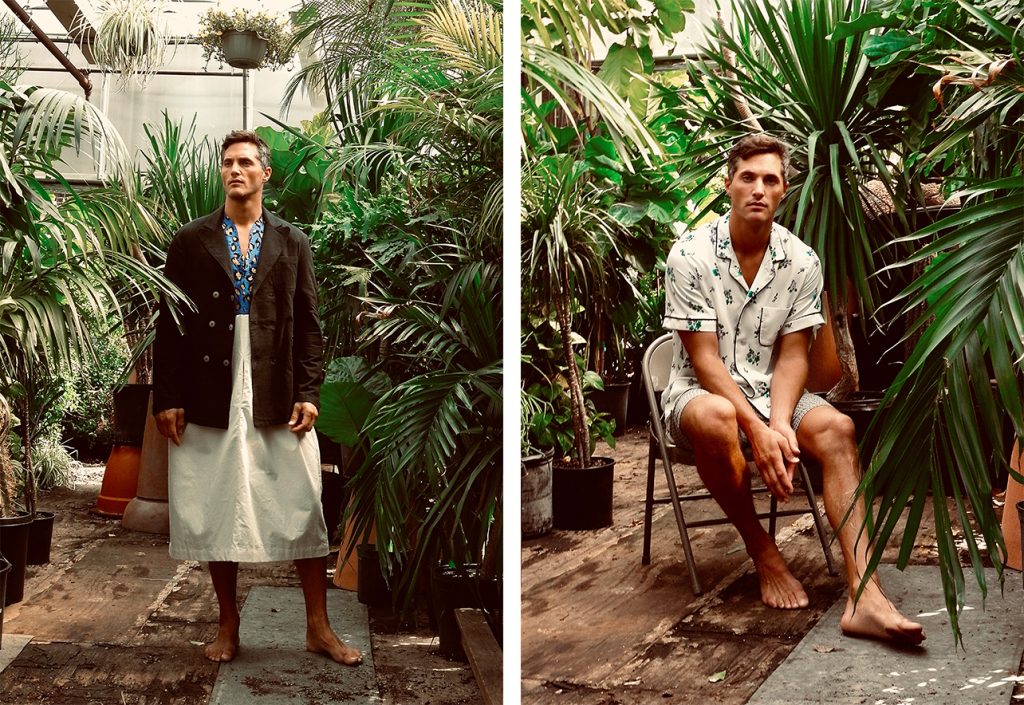
“L.A. is a city of optimism,” says BLDWN’s menswear designer Joe Sadler. “The quality of life here is genuinely one of the best in the world. It’s beaches, mountains, cultural diversity and a relaxed mindset put designers at ease. It’s much easier to create when you feel at peace and connected to your environment no matter where you are in the world. California, in general, has always been progressive, adventurous, and inclusive. Designers thrive here.”
For Outerknown co-founder and creative director John Moore, there has always been a great community of artists and designers in the city. But, what’s changed over the years is that other cities are taking L.A. more seriously. He credits this to the recession of 2008 when real estate plummeted, a lot of creatives lost their jobs, and were looking for their next gig. Many of these “lost” artists made their way to L.A. because there were still great spaces, like his brand’s space in Culver City, that was affordable.
“It used to be that New York would be the place I would go when I could scrape together enough money for an inspiration trip,” Moore says. “I would see a little bit of everything and I thought it had the best retail in the world. Now, I can confidently say that Los Angeles would give any global city a run for its money. I still love visiting my friends in New York, but they are quicker trips now. I would much rather go to Tokyo where it seems to still have more of a pulse on what’s next.”
WHAT’S HAPPENING IN RETAIL?

“I couldn’t tell you that there hasn’t been anything but disruption in the past five years in retail here in Los Angeles,” Mark Werts, the CEO of American Rag declared as we ate lunch at his store’s fabulous restaurant. “What’s going on here, and globally, is a mirror of the advancement of technology, a growing number of choices of where people can buy items, political ideas, and cultural ideas. On top of this, the new generation coming up is concentrating more on sustainability so they have a different point of view of how retail should be.”
Werts considers his store as “entertainment retail. “If you don’t create a reason for someone to get off the couch and get in their car to visit your store, then no one will come. It’s that simple,” he says. And, boy, has he created a reason? From antiques to pottery and home goods from all over the world, to vintage fashion, shoes, denim, and a great café, it’s hard to not find a reason to visit American Rag. Werts also noted that he has taken his concept internationally with a location in Dubai, and soon Abu Dhabi. Those locations are amped up even more with the latest technology from smart mirrors to talking robots that greet you at the entrance.
More disruption has come to the city with the movement away from shopping be centered around main boulevards, like Robertson and Melrose, to more of a “destination” model. Almost everyone we spoke with on our trip noted the opening of Dover Street Market in a non-descript part of downtown L.A. that made it okay for other retailers, who didn’t want to be in the now overly commercial shopping hubs, to open stores in other locations that aren’t traditionally associated with fashion. Now you can find great menswear stores in neighborhoods not normally associated with your typical hubs. Sure, West Hollywood, Mid-City, Beverly Hills, Venice, and Malibu are still the major players, but brands and retailers are opening stores in more “local” neighborhoods like downtown, Silverlake, and even Manhattan Beach and Pasadena.
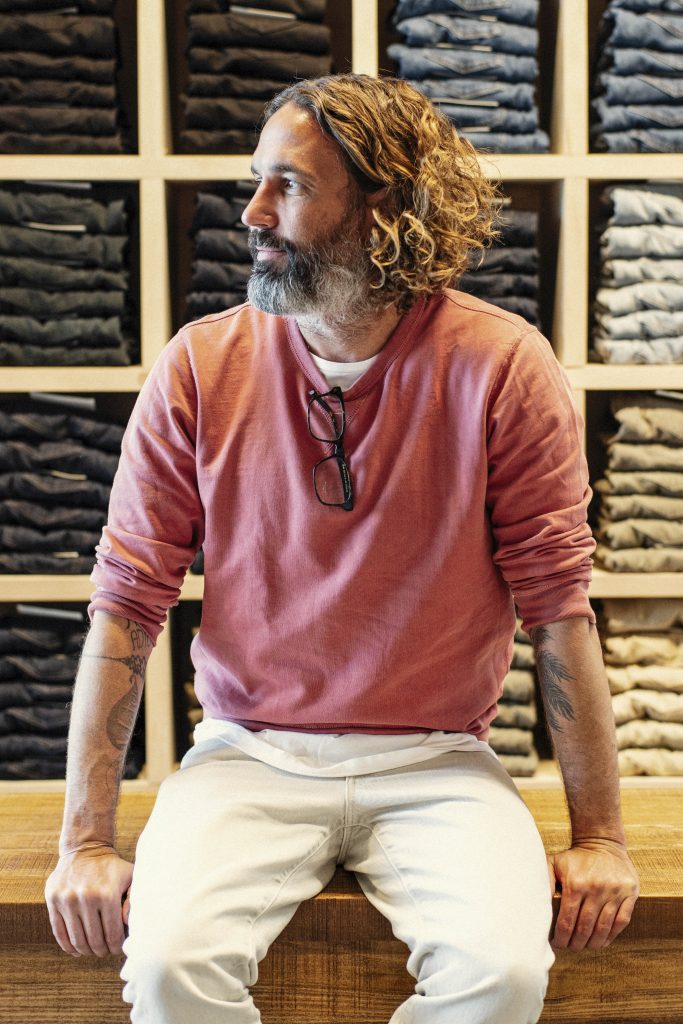
“I think social media has such a big part in what’s happening and why destination retail is becoming so successful,” says Abby Schwartz, the men’s buyer at Ron Herman. “Stores can build a great brand online and create a great turnout without having to be in traditional neighborhoods for shopping in this city. The days of seeing lines outside of stores, may not happen as frequently as it once did, but I still see it. I believe stores that are pushing events and activations to build a community and lifestyle around their store are the successful ones.”
For Witt, he has built his destination store locations around the communities they reside in. “There are 450 apartments in the same complex as this store (Arts District), with 700 more apartments being built across the street,” he says. “Coupled with the top architecture school in the country, SCI-Arc being just across the way, too, there are a lot of potential customers coming through here.” Witt also noted that in the case of his new Malibu location, locals and tourists alike are loving the mom-and-pop feel of his store that offers a larger range of quirky fashion pieces than his other two stores.
And for Fred Segal, it has focused on the curation of the best brands in the business and letting those brands have a say in what their merchandise looks on the sales floor. Nyilas gave us an example of one model where a retailer will essentially lease floor space and merchandise the environment with the product the store buys and gets to set the design (within reason) of that space. He also pointed out his Kith shop on the lower level of the retailer’s Sunset flagship store. Nyilas says when Kith was interested in exploring the L.A. market, they came together with the alignment of similar visions of what retail can be, not about how can we compete with each other.
WHAT’S GOING ON WITH MANUFACTURING?
This topic is the only one where our group of designers and retailers could not agree. Some suggested that the quality of the products being produced in the city isn’t up to par with items being made in Italy or even the Garment District in New York (which also has to do with the shortage of sewers in America). Others argue, that the industry is thriving in the denim and cut-and-sew knit market (the cities bread and butter), but there is still more work to be done to improve infrastructure in order to produce other types of locally-made garments.
What our panel can agree on is that sewing jobs are largely filled by immigrants from Latin America and Asia who little to no training, which can hurt the quality of the production. And, the crackdown on immigration by our administration is hindering the development of this workforce. Especially since most American citizens today don’t want to pursue sewing as a profession. Werts of American Rag brilliantly said, “American kids today want to be YouTube stars, while other kids in foreign countries are dreaming of moving here to become engineers and scientists.” A sign of the times, indeed.
BTFL’s Rodriguez has also noticed a decrease in resources that have contributed to the hard times factories are under. “Factories are shutting down more frequently recently, which, to me, doesn’t make sense since there are more people trying to make clothes here,” he says. “But even the fabric shows, like the LA Textile show, which used to fill the whole 13th floor of the California Mart with fabrics from Italy, Japan, Turkey, etc. I went recently and it was smaller than half the original size. Everybody says L.A. is the new fashion capital, but why isn’t there being more money and more resources put in to sustain this growth?”
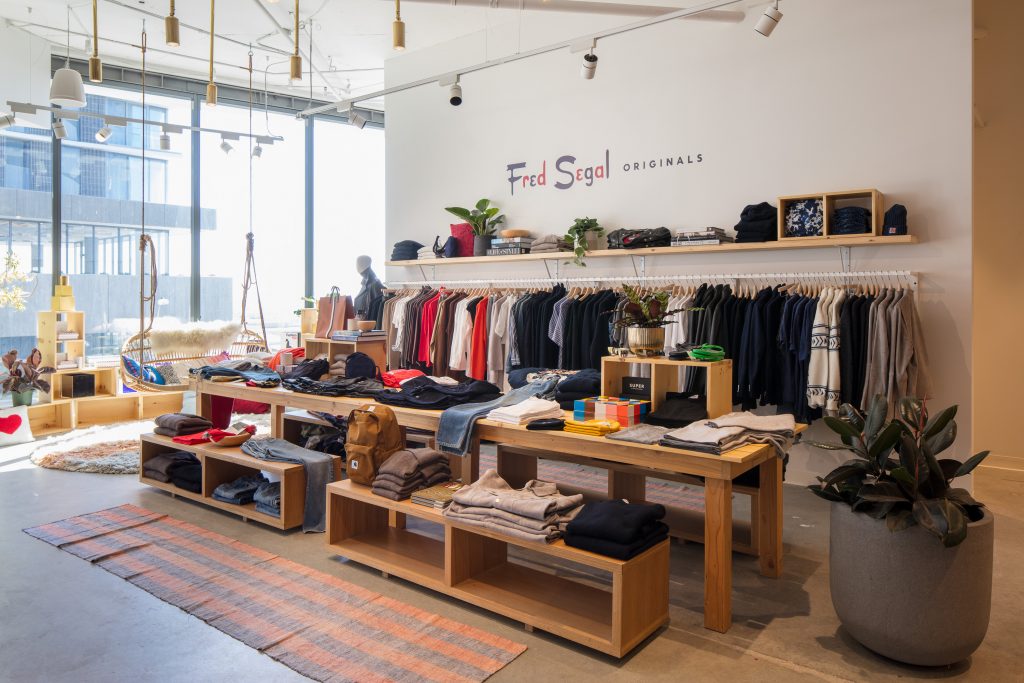
Some designers have taken matters into their own hands and started their own in-house workshop, like Matias Sandoval, founder of his eponymous denim brand Matias based in Gardena, CA. “There are still hundreds of sewing contractors, washhouses, machine shops, fabric stores – so many of these dedicated to the denim manufacturing market,” he declares. “But, we decided to do everything in-house at my studio to control the quality and workflow. Plus, it gives us the flexibility to sneak in custom pieces when we need to, but starting out, having this infrastructure was crucial. You can literally find someone that can make anything here.”
Through our research, we were able to get in contact with one local factory in downtown L.A. that specializes in luxury fashion knits called PDR Knitting. The operation is run by Evita Chu, who started her business by accident (quite literally) 13 years ago when a severe car accident caused her to have to quit her design job and stay home to recover. While she was home, a friend of Chu’s asked her to knit a few sweaters, and they were a hit. Through word of mouth, and several trial and error milestones, Chu now boasts a client roster ranging from fashion clients like the artist Sterling Ruby (who launched his own brand in 2018 called SR Studio LA CA), Fear of God, Reese Cooper, Camp High, Baja East, Grei New York, to home goods and even dog sweaters.
Chu confidently says that she is one of only two or three luxury knitwear producers in the entire United States. Her secret to success is her willingness to work with individual clients on out of the box ideas. She researches their collection and concept, then will direct them to a specific yarn and technique that would be appropriate for their collection. And magic is born.
So, what does all of this mean? It means that L.A. is a place where creatives can thrive through no shortage of opportunities that await them. Will we start saying, “If you can make it in Los Angeles, you can make it anywhere?” We’re not sure, but we can be sure that if nothing else, go explore and get inspired on how you can reinvigorate your own business. Whatever that may be.


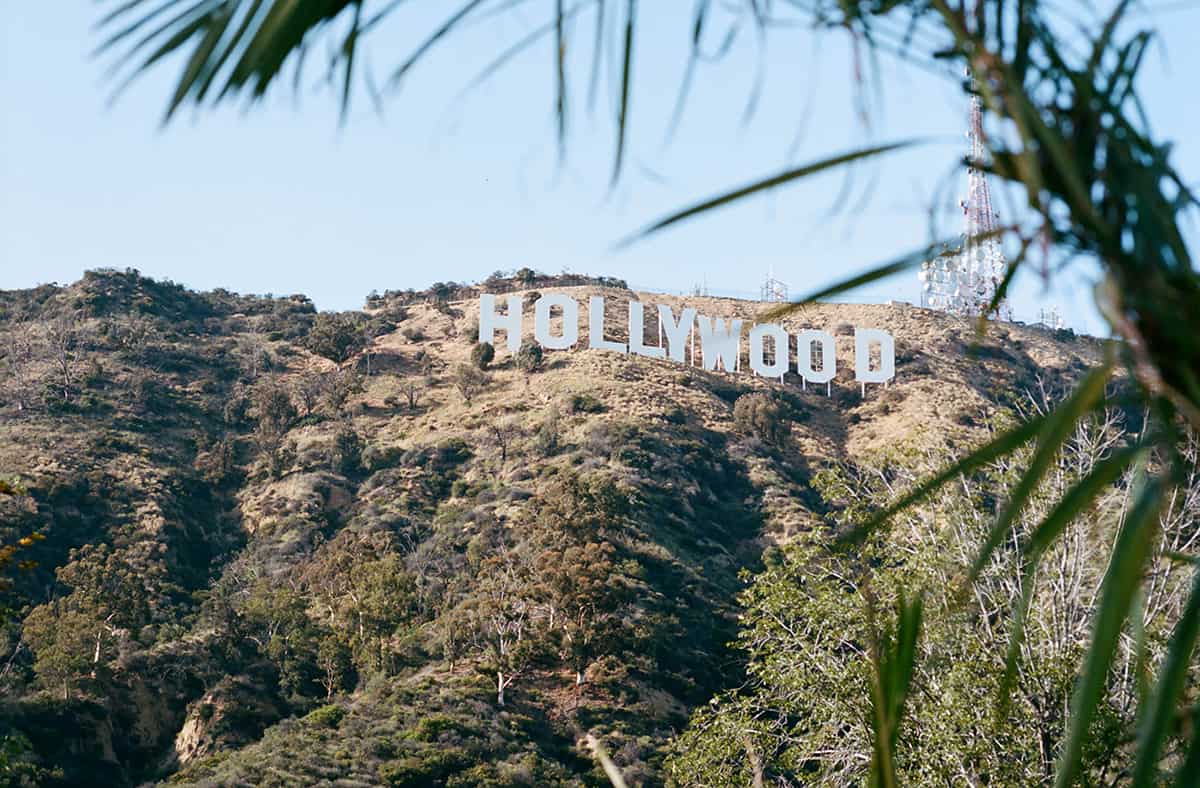
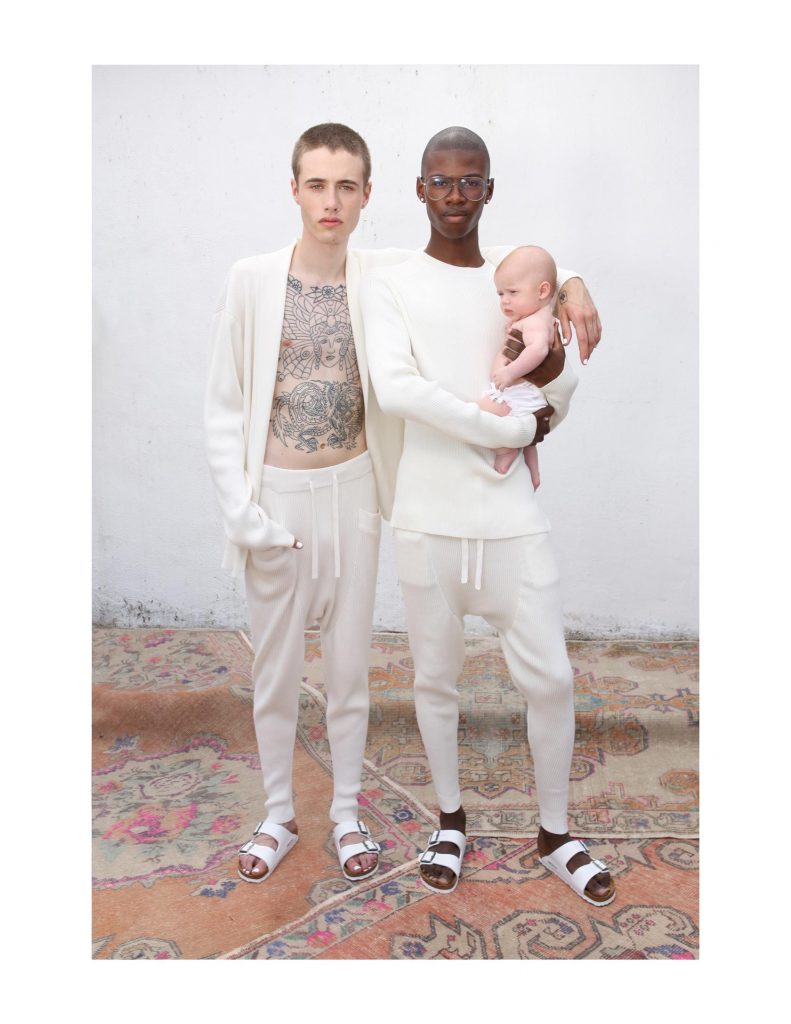
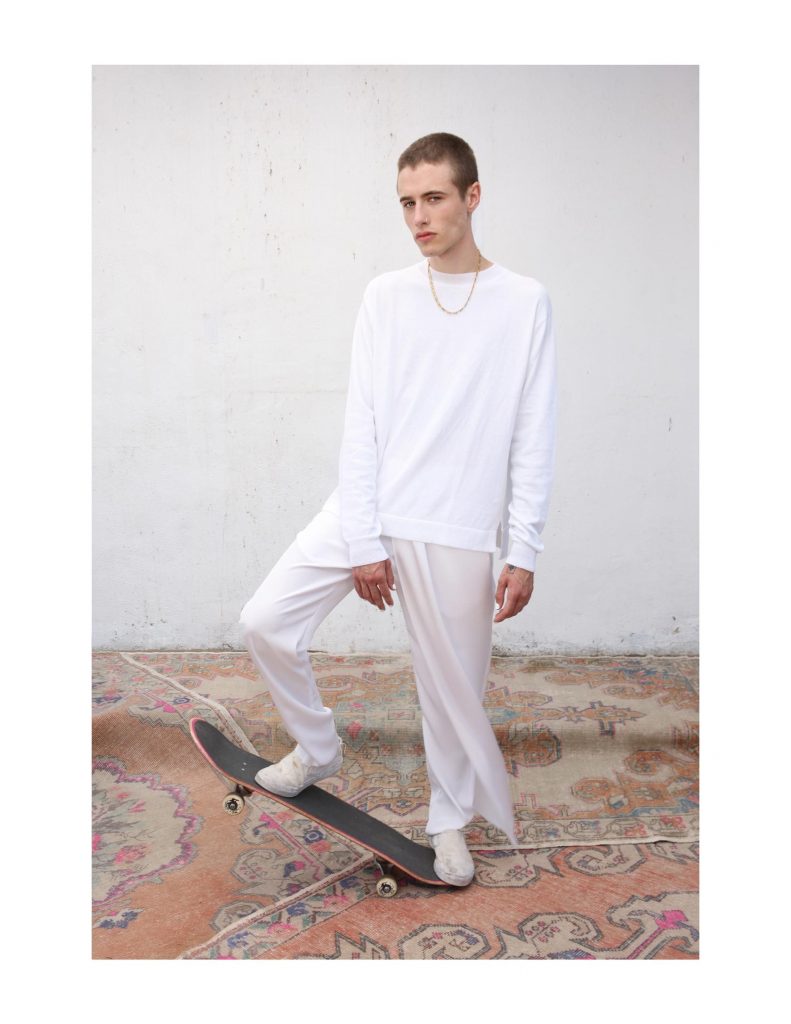
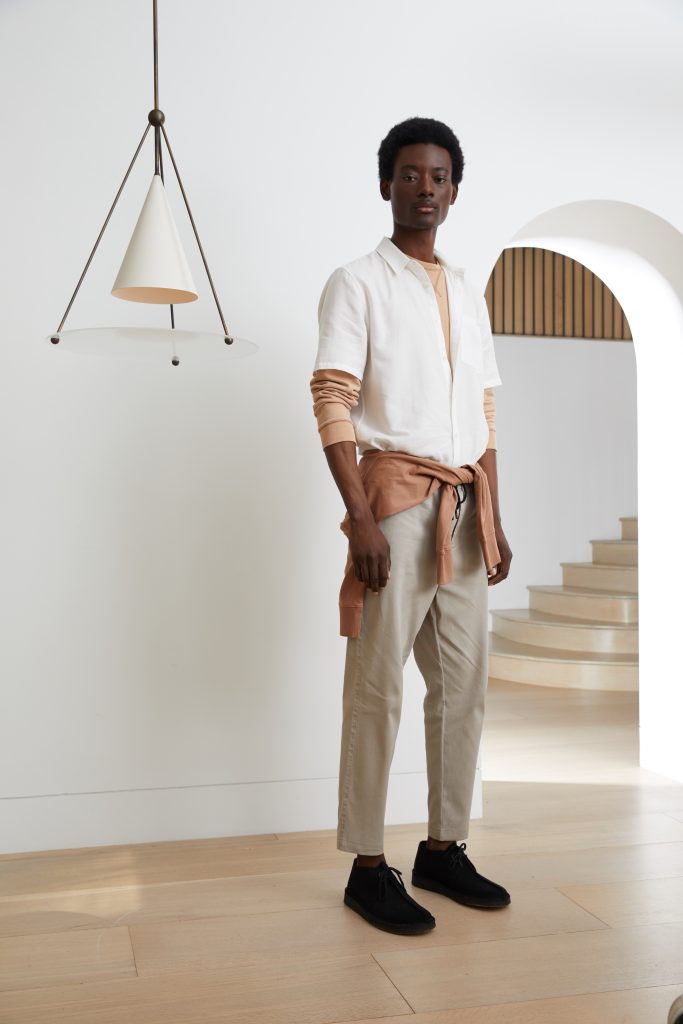
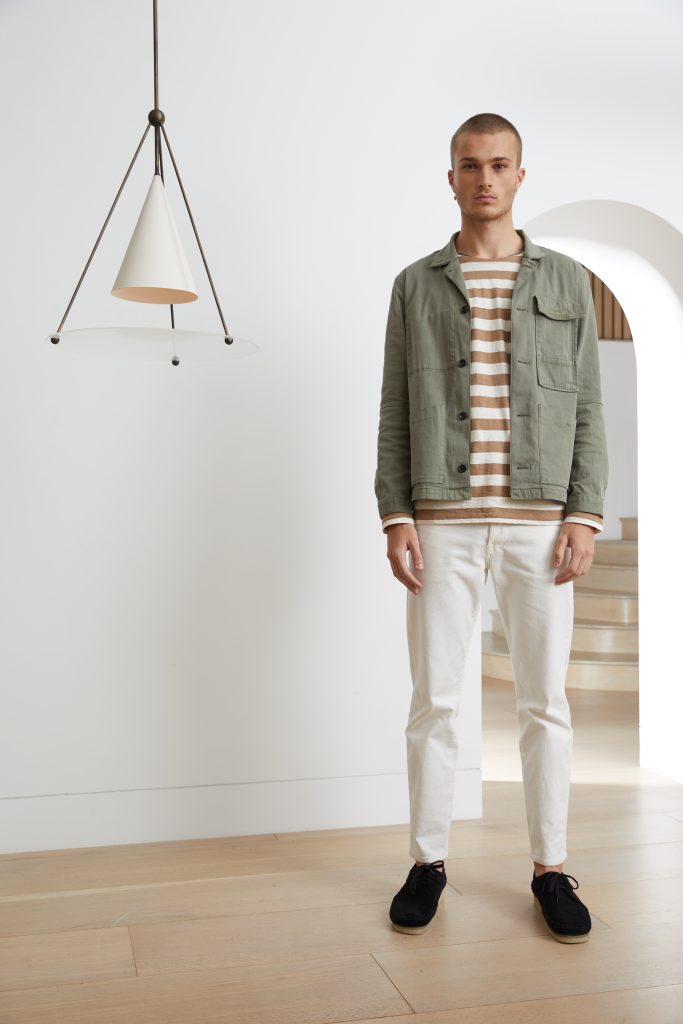
This article was just so well done, so comprehensive, and so interesting. Thank you!